One of the great advantages of building a hi-fi setup through separate components is the option to perform spot upgrades – almost infinitely – should your budget permit. From your turntable to your speakers, and even the listening environment itself, every last piece of the signal chain is upgradable or modifiable.
Before we get started, it’s worth mentioning that the following upgrades assume you have a turntable capable of benefiting from an upgrade. By this I mean your turntable is of a certain quality standard with a proper tone arm and counter weight, and the ability to upgrade your cartridge. It doesn’t have to be the most expensive turntable, but it should at least fall under the good quality budget turntables (and above) category.
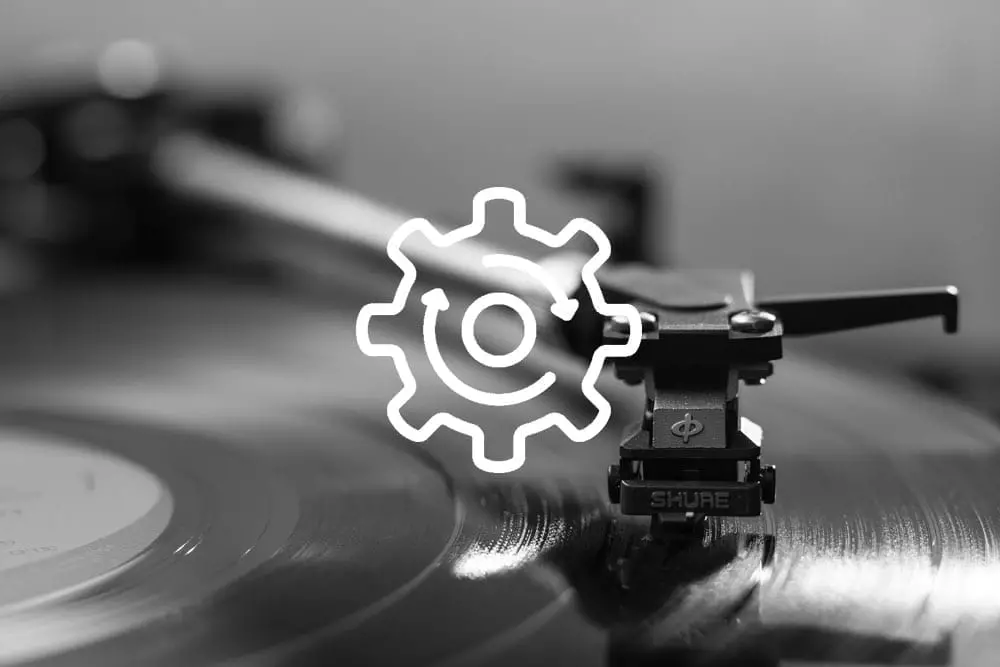
1. Cartridge Upgrade
Upgrading your cartridge will deliver the fastest and most obvious upgrade in sound quality. Many upgrade guides start with isolation, record clamps, and other bolt-on upgrades, but in my experience, these amount to nothing if the first point of contact with your records isn’t what it should be. Get the input source right and you’re half way there.
The cost of high-quality cartridges varies wildly, with some very expensive options exceeding the $1000 mark, sometimes more. Generally speaking, most cartridges fall under one of the following two categories: Moving Magnetic, and Moving Coil.
In a Moving Magnet design, the cantilever holds a small magnet, which is positioned inside the cartridge housing between two copper coils (otherwise referred to as an electromagnetic generator). As the stylus tracks the record, the magnet vibrates between the two magnets and produces a small current.
For Moving Coil designs, the cartridge is still an electromagnetic generator, but it works a little differently. This time, the coils sit on the cantilever. The coils move within the magnetic field of a fixed magnet (hence moving coil) to produce a current. Moving Coil designs are more expensive than Moving Magnet, and they require a higher-gain phono stage due to their delicate signal strength. However, they remain the cartridge of choice for many audiophiles due to their detailed sonic performance.
Sadly, expensive Moving Coil cartridges are a little out of my budget at this point in time, so for the purpose of this article, I’m going to focus on a couple of great Moving Magnet phono cartridges for an audiophile sounding upgrade that won’t break the bank.
Shure M97xE
This is the cartridge I currently use. I’m a huge fan of flat-frequency response, of which the M97xE delivers. It’s an elliptical stylus design, but also tracks light, so it picks up plenty of subtle detail without inflicting high record wear. The curious looking brush attached to the front is actually a stabilizer, which helps maintains a uniform cartridge and stylus position when playing slightly warped records. The dust collection and static minimization are added bonus benefits.
Ortofon 2M Red
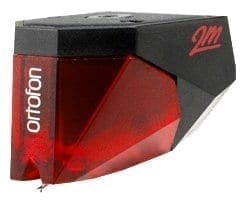
The 2M cartridge sits at a comparable price point with the M97xE, and is often described as having a very open, dynamic sound with a touch of warmth. What’s also nice about the 2M range, is the scalable upgrade system. The Ortofon 2M range features a single form-factor that enables users to swap styli between some models. Want to add a little more resolution to your 2M cartridge? Just pull out the 2M red stylus and swap for a 2M blue. This modular design makes the 2M range unique, flexible, and upgradable.
2. Phono Pre-Amp Upgrade
With the input set, your next port of call is the phono pre-amp. As we determined in point one, all phono cartridges (Moving Magnetic or Moving Coil) produce tiny currents, and therefore, need boosting. Also, the high and low frequencies need “equalizing” to bring the signal back to how the master recording was intended. How well your phono pre-amp performs this boosting and equalizing process has an enormous impact on your final sound quality, and unfortunately, many cheaper options just aren’t up to the job. Built-in phono stages (at the receiver, amplifier, or even the turntable itself) are particularly notorious for sub-par results.
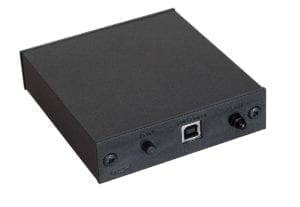
If you’re currently making do with a basic built-in phono stage, but have a limited budget, the Rega – Fono Mini A2D is a perfect upgrade for less than $200. Like anything, though, you really do get what you pay for (within reason). Like cartridges, the cost of phono pre-amps range from as little as twenty bucks to the dizzying heights of $1000+. You simply have to strike a balance between your budget and the kind of sound you’re looking for. Also, remember to keep the bigger picture of your complete setup in mind – in other words, there’s no point spending $1000 on your phono-stage if your cartridge and turntable doesn’t justify such a high-end upgrade. Equally, if your turntable and cartridge are expensive, a cheap phono stage will only serve as a figurative sonic bottleneck.
3. Upgrade Your Slip Mat
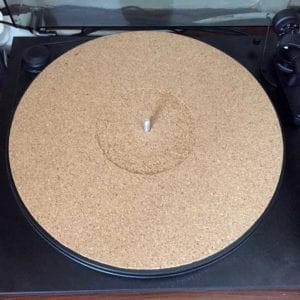
The slip mat is one upgrade you can make without spending a heap of cash. Most affordable turntables ship with a felt mat, which is soft enough to protect your records, but won’t necessarily yield the best performance. A high-quality cork mat accounts for record surface extrusions (the label and record edge) to improve surface contact, reduce resonance, and produce a tighter, more focused sound. For under 30 bucks, it’s a no-brainer.
4. Turntable Isolation
On first consideration, it’s easy to dismiss turntable isolation as a dull and expensive pursuit reserved only for the most pernickety of audiophile enthusiasts. The truth is, however, isolation is imperative for all aspects of your hi-fi system – particularly your turntable. It’s easy to forget that tracking records is a microscopic process (those tiny grooves are less than a hairline thick). At such a tiny scale, any resonance that makes its way through the turntable feet and platter are bound to have a big impact on tracking, and ultimately sound quality.
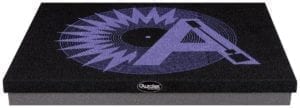
In the worst possible case scenario, your turntable and speakers are on the same surface. Right away, it’s easy to see how this setup would affect the sound quality – so make it your mission to separate speakers and turntable if you can. But even if your speakers are clearly separated, you will still want to isolate your turntable as much as possible, be it from wooden floor vibrations or just resonant bass frequencies, etc. To get started, you can spend very little on basic foam-based solutions (take this one from Auralex Acoustics for example) or, you can spend much more (consider this option from Project). You might even consider isolating your speakers for additional protection. How far you go will depend greatly on your listening environment, the quality of your gear, and ultimately, budget. Whatever your situation, starting somewhere is better than doing nothing.
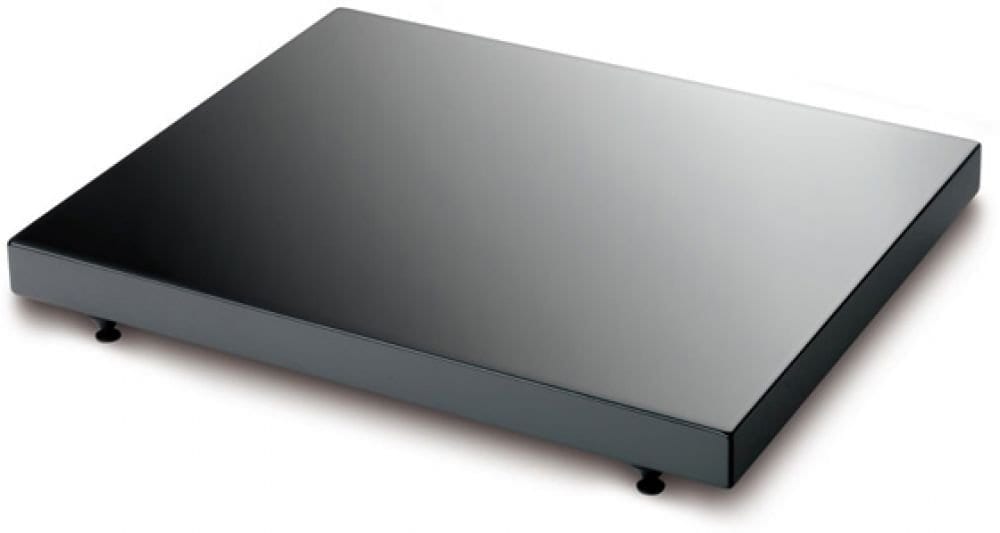
5. Record Clamp

As you’ll likely notice by this point, the devil is certainly in the details when it comes to getting the most from your record decks; any movement can have a serious impact on sound quality, so the more stable you can make the playing surface, the better. A record clamp is the icing on the turntable cake, so to speak.
In my experience, record clamps are a life-saver when it comes to improving the playing stability of slightly warped records. But even under ideal playing conditions, you will still notice a discernible performance improvement as the clamp improves the stability of contact between the record and your turntable platter to prevent slipping.
The Bottom Line
When it comes to achieving the best performance from any hi-fi, inputs are more important than outputs. I’ll often hear folks recommending a speaker upgrade before considering a simple cartridge swap, and while it’s true that a great set of speakers will make a difference – you have to consider the following undeniable truth:
No matter how amazing your speakers, they can only ever sound as good as the source you feed them. To put it bluntly – shit in, shit out.

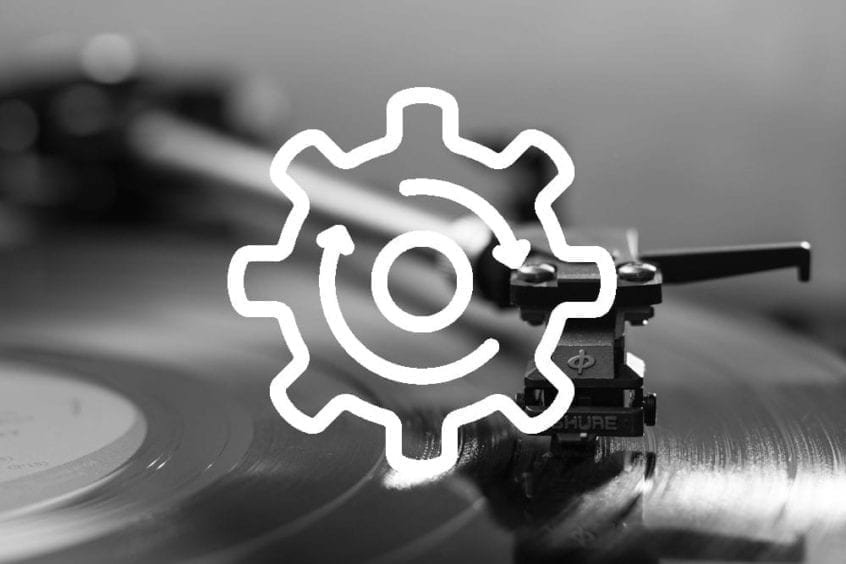


Any recommendations for where I can find a replacement sylus for my M97xE or older M97HE? I love these and want to keep them working.
For Isolation I use a granite chopping block with hockey packs as legs